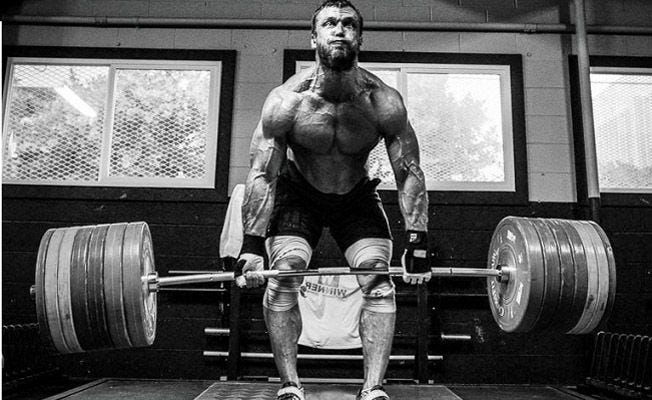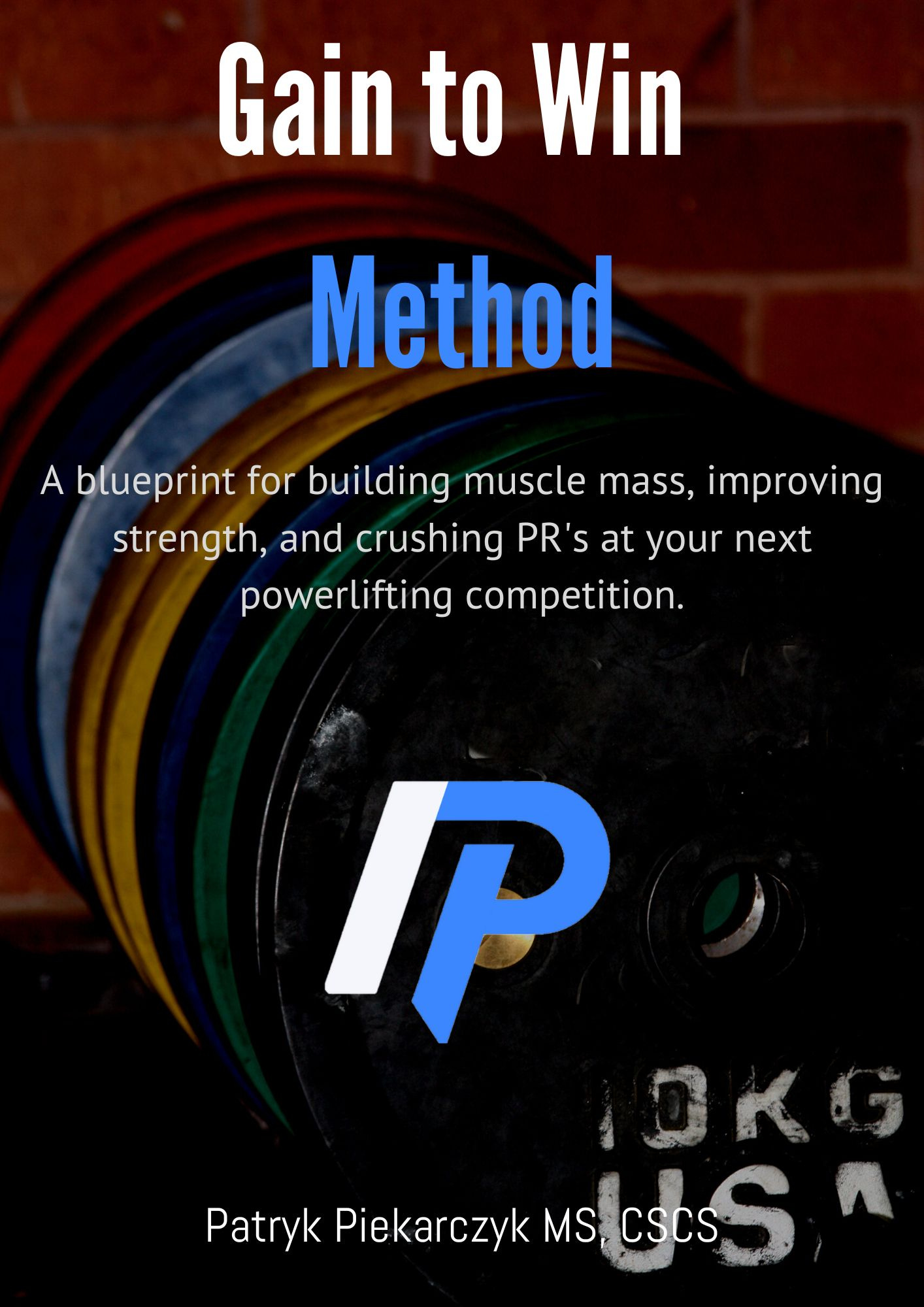Weight cutting is prevalent in strength sports (weightlifting, powerlifting, strongman). There is a fundamental understanding that bigger is (usually) stronger. There’s a reason we don’t let 135lb guys fight 230lb guys in the UFC or boxing ring. Also why people don’t usually pick on the biggest guy at the bar.
The more muscle you have in a given weight class, the greater loads you can potentially lift or more power you can produce. Strength is in part related to the cross sectional area of a muscle, simply put, more muscle more strength. Now, we know this isn’t universally true as there are large bodybuilders who aren’t able to bench press as much as lighter powerlifters. This is in part due to the principle of specificity. They don’t train to lift heavy so their body isn’t optimized to do so.
More muscle also allows for more strength to be built since there is more contractile tissue available. You want to have as much muscle on your frame as possible (“as possible” may have a different connotation depending on the sport).
Weight Cutting for Sport
Strength sports usually have a 2 hour weigh in depending on the sport and federation. Although 24 hour weigh ins are still common in some powerlifting federations and in other sports like boxing or MMA. We see huge cuts with 24 hour weigh in periods. It’s not uncommon to see a guy that walks around at 185lb cut down to the 160s to make weight and then compete the next day.
A 2 hour weigh-in has much less wiggle room. Dehydration is a stress and getting rehydrated is about more than just drinking some water. Replenishing electrolytes is crucial to maintain adequate hydration status. One of the first things people think of when dehydration is mentioned is cramps but it also reduces reaction time, increases onset of fatigue, and hinders actin-myosin cross bridge formation. You only need a loss of 2% body weight in water to feel the negative effects of dehydration.
The last paragraph is a reason why I recommend most people don’t cut for their first meet, or at all. For most of my lifters we actually bulk into meets and come in well fed, hydrated, and strong AF. For some reason, this method is counter intuitive. I wrote an ebook detailing my Gain To Win Method and how I apply it for strength sports athletes so they can hit a PR at their next meet.
Although this method was primarily designed for strength sports, aspects of it can be applied to combat or other weight class sports as well. If you’re trying to compete at a high level it helps to be strong and powerful when it matters most: competition day. Don’t dig yourself into a hole with a big weight cut that wasn’t even necessary in the first place.
Plan out your nutrition, improve your body weight, and attack your next meet without potentially harmful dehydration practices.
Download the full guide below





